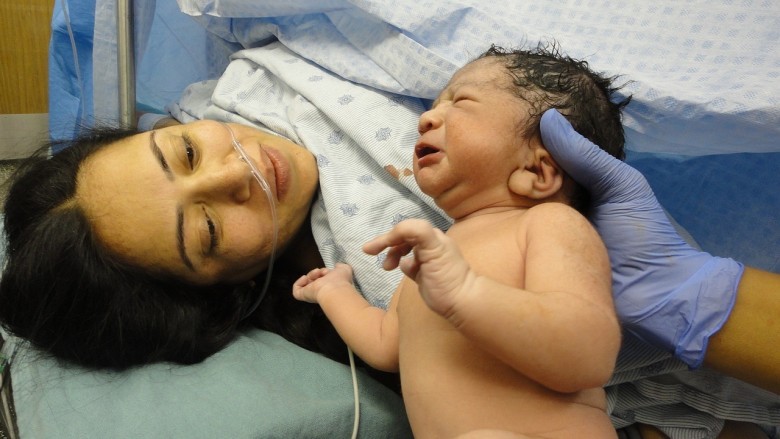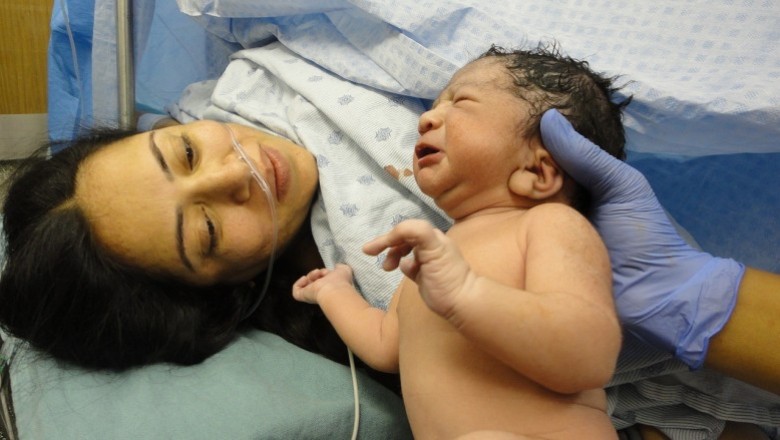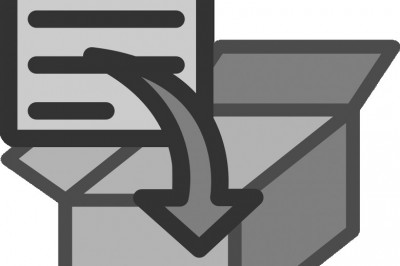
Giving Birth Myths: Believe em or Not
Women have been giving birth the natural way, at home, way before all the technological advancements have been developed. The female of the species have produced healthy children centuries ago, long before Epidural has been invented.
So what makes it more difficult to have a natural birth nowadays?
Studies show that in twenty countries other than the United States, there are more newborn babies who survive the first few months of their lives. In a country where the latest equipments and methods in maternal and child care are existing, why does this happen?
The reason is because those other countries have much more "basic" methods when it comes to giving birth. They rely more on midwives rather than obstetricians to take care of a healthy, pregnant woman and help her deliver the baby.
Broadcast and print media generally portrays giving birth as a painful - even traumatic - event for the mother and a chaotic, raucous and confusing moment for the family members.
The birth of a child is one of the most miraculous and incredible experiences that one gets to witness or experience in a lifetime. But now, instead of it being an "everyday miracle", the mother and the relatives are robbed of the joy of the childs birth because it has been turned into just another medical procedure.
One more factor which adds to the low neonatal mortality rate in the country is the old-age "myths" which are associated with a woman giving birth.
Here are some age-old birth myths that you should do away with so that you can have a less painful and safer delivery of your child:
1. The Lamaze birthing method promises the mother a pain-free delivery.
The truth is that there will always be that fear of child-bearing that a woman will get to experience as her due date to give birth approaches. This is but normal given the circumstances. Nobody can ever predict how your labor will go, or how long you will be in pain before the baby actually emerges out of your womb.
This pain, like any other -as long as it is in a healthy dose- is good. It protects the mother in a way, as fear will have you prepare everything before the day comes.
2. Lying on your back is the best position to give birth.
Any other position, like squatting or standing up, is the best way to go rather than lying on ones back. This gives the mother a better allowance for movement and it results to a less painful, easier delivery.
3. Your uterus should do the main work when you are already in labor.
This is not true, because the way and the strength of the muscles that you use to push the baby out of your womb are important as well.
Once you feel the contractions becoming more frequent, you should respond to the pain. There are certain ways to help alleviate the pain by changing positions, massaging and moaning. This would help the child settle into the pelvis then move forward, through the birth canal, allowing for a less painful and easier delivery.
4. The mother should be under intense scrutiny at the hospital as soon as the first contractions begin.
Some women labor for several or a few hours, and she should not just stay still during this event. It would help if she moves constantly, even take a walk and relax during labor as this could be as taxing as the delivery itself.
5. Enduring a caesarian section would result to a healthier baby.
As much as possible, it is better to avoid having a woman undergo caesarian operation if she can give birth normally. In most cases, it is more physically difficult to give birth this way, not to mention the after-effects that this may cause if you actually undergo the procedure when you dont really need it.
-------------------------
For up to date links and information about Pregnancy, please go to:
PregnancyClue.com-------------------------



























